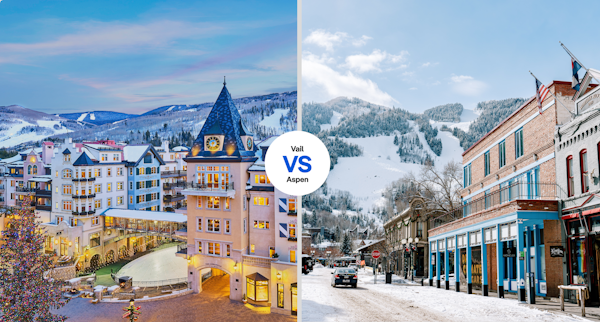It’s the age-old question when you’re looking for a winter mountain getaway in Colorado: Do I fall for the glamor shots and head straight to Aspen, or do I step into quiet luxury in Vail? But here’s the thing – they are both stunning.
These dream resorts both have incredible food, unparalleled views and activities to fill every wishlist. You’ll be exhausted just thinking of all the ways to have adventures in these activity-filled mountain towns. But which is the perfect winter wonderland? Two of our writers sing the praises of each to help you decide.
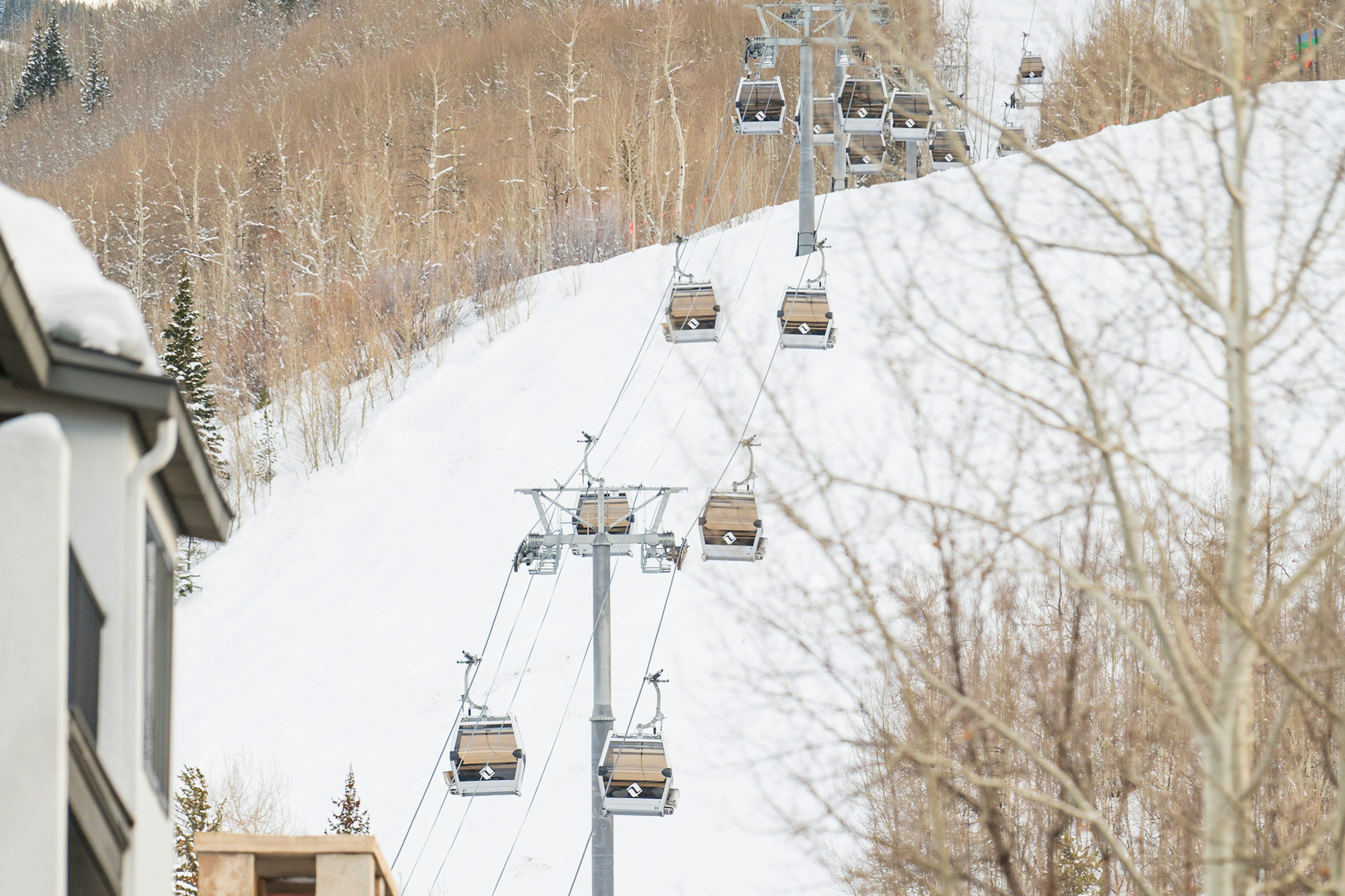
All hail Vail: A perfect winter getaway
While Lonely Planet senior director of content Laura Motta has been traveling and writing about the world for fifteen years, she’s comparatively new to cold-weather getaways and winter sports, despite having grown up in New England. With Vail, however, it was love at first sight.
You’ve seen those Hallmark holiday movies, so you know their dramatic beats: Big-city girl meets charmingly scruffy local guy. Hijinks ensue and they kiss in the last scene, with plans already laid for opening a holiday-themed inn or a Christmas tree farm. The backdrops for these stories are fantasy towns with vintage street lamps, garlands in every shop window and lit Christmas trees in every square.
Except here’s the thing – during the holiday season, Vail, Colorado, is actually like that. And it’s not a corny, fictional amalgam of holiday ideas, it’s as real as can be. If you’re in search of Swiss-chalet-inspired architecture, covered footbridges, outdoor skating rinks and dramatic views of the mountains, Vail has it all and then some. No cable TV drama could ever compete. Vail changed my mind about traveling in cold weather, and about traveling to a mountain tourist town for a getaway in any season.
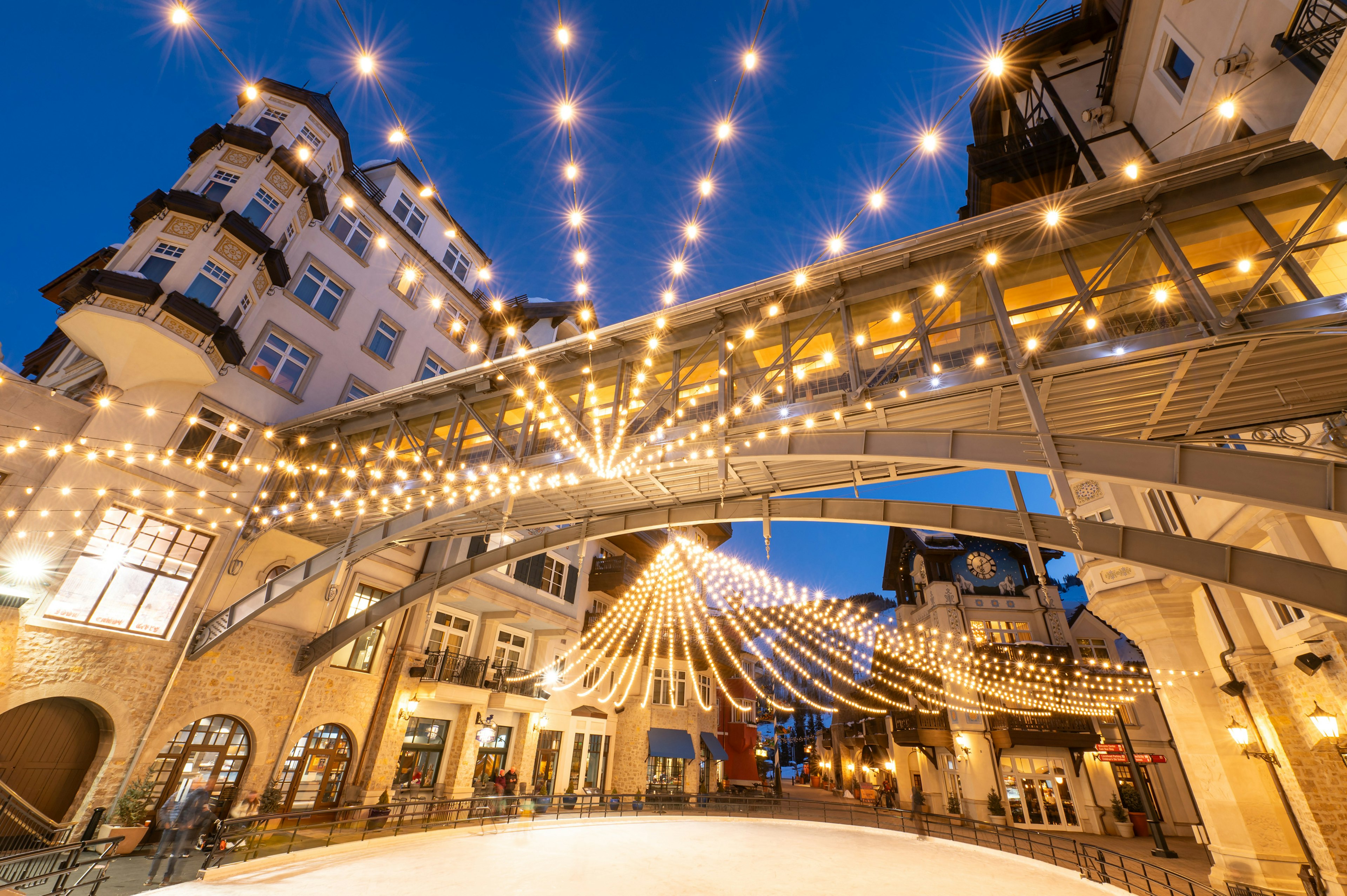
It works for skiers and non-skiers alike
You can soak up that Hallmark movie vibe, and you can also ski. Skiers clomping around Vail Village with their skis slung over their shoulders are ubiquitous, which isn’t surprising given that the lifts are accessible from the mostly carfree center of town. Some of Vail’s best resort hotels are within walking distance, including the Sonnenalp, The Sebastian and the Four Seasons, though any of them will happily drive skiers over.
Glide down the mountain and you’re right back in the center of things. In fact, you can step off your skis and head directly into one of a dozen excellent pubs and restaurants that are just steps away. A personal favorite is the wood-paneled Red Lion with its heaped plates of pub fare, including signature nachos. El Segundo serves filling, straightforward Mexican fare; their pozole (meat and hominy stew) is great for warming up.
Lionshead Village, Vail’s other resort center just to the west, has its own centrally located lift and a mellower vibe. Free, frequent shuttles connect the two villages, so getting around without a car is easy. Walking between the two hubs takes about 15 minutes.
Even if you aren’t here to ski, or are just tagging along with someone who is, there is plenty to love. Vail’s apres ski scene is richly varied and nearly every restaurant and hotel bar has an afternoon menu. Some of my favorites include King’s Club at the Sonnenalp, which serves hot chocolate topped with a small mountain of whipped cream; the sleek, chandelier-hung Slope Room with its excellent drinks list; and The Gambit Bar at The Sebastian, which serves one of my favorite cocktails of all time, the smoked cherry old fashioned.
In addition to being culinary centers and fun gathering places, the resorts and the surrounding town are also excellent places for non-skiers to while away the hours while friends and loved ones are shredding the slopes. Spa treatments, independent shops and heated swimming pools are the norm in Vail, and cozy fireplace nooks abound (my favorite one is in the lobby at the Sonnenalp).
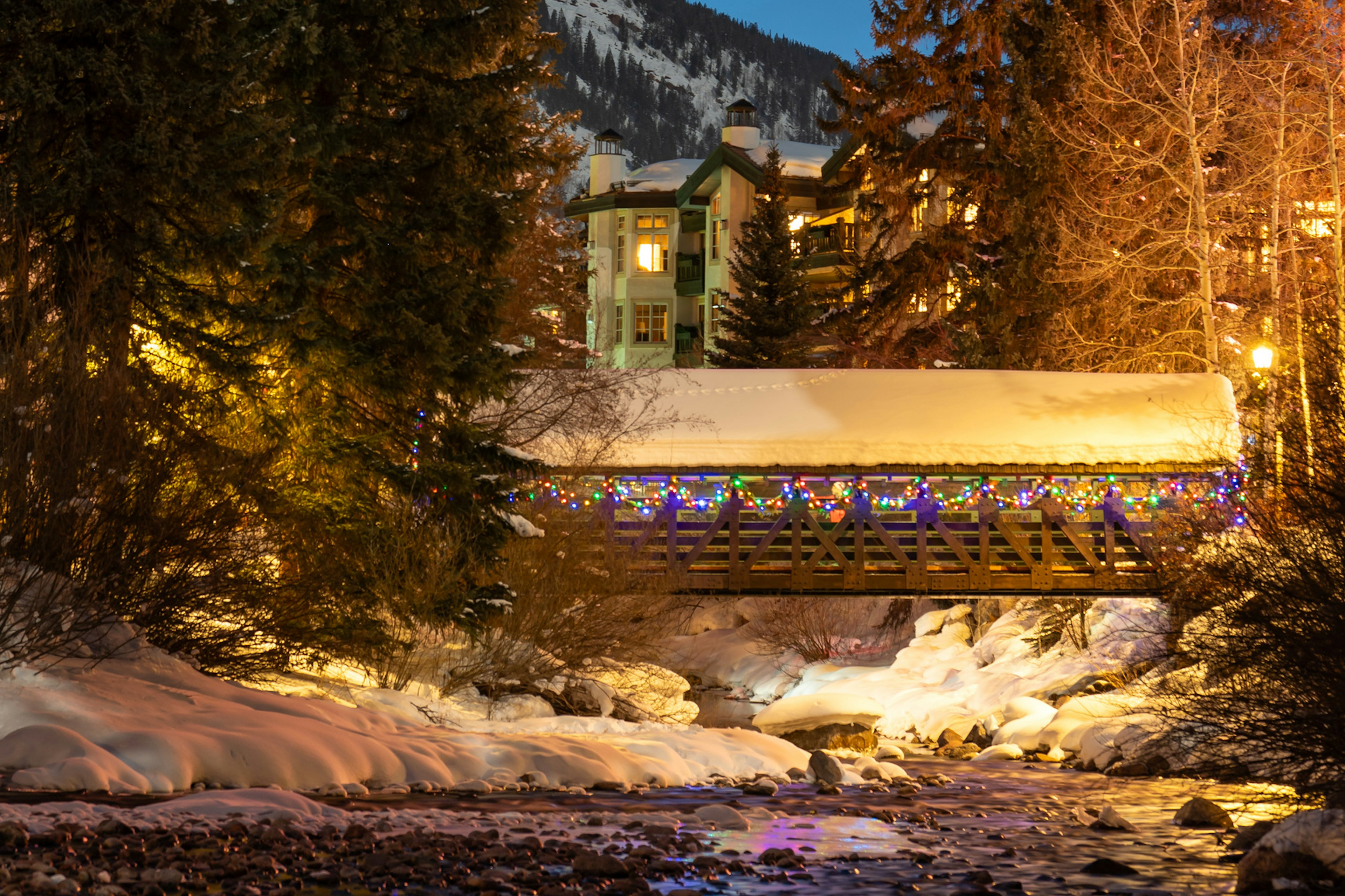
It’s sophisticated without any fuss
Vail is the epitome of quiet luxury – a high-end getaway that feels, at times, almost quaint. The town takes its European aesthetic seriously, and soft pretzels and fondue are standard menu items, but don’t be fooled into thinking you’ve been transported to a Bavarian mountain village. A glance at the hotel rates in Vail around the holidays will quickly dispel that notion.
But this dynamic is where Vail derives some of its considerable magic. While prices are high, service is top-notch, hotel amenities and dining are world-class, and the views are to die for. Yet nothing about Vail feels snobby or uptight, or like you need to be a celebrity to fit in.
The restaurants at The Four Seasons epitomize Vail’s luxe-but-earthbound ethos. I rate The Remedy, which is great for lunch or a quick dinner, and has fireplace tables that overlook the steamy all-season swimming pool. Note that you’ll likely need reservations in the holidays and over long weekends, when these spaces fill up quickly.
The Sonnenalp is more than 50 years old and it fully embraces (and possibly helped create) Vail’s old-world look. Its homey rooms are ultra-traditional and decked out in natural wood and cheerful plaids. But the real luxury here is in the details, including the attentive staff, heated floors and in-room fireplaces.
Whether modern or throwback, Vail does this kind of high-end hospitality so well that you might just feel like you’re the star of your own movie.
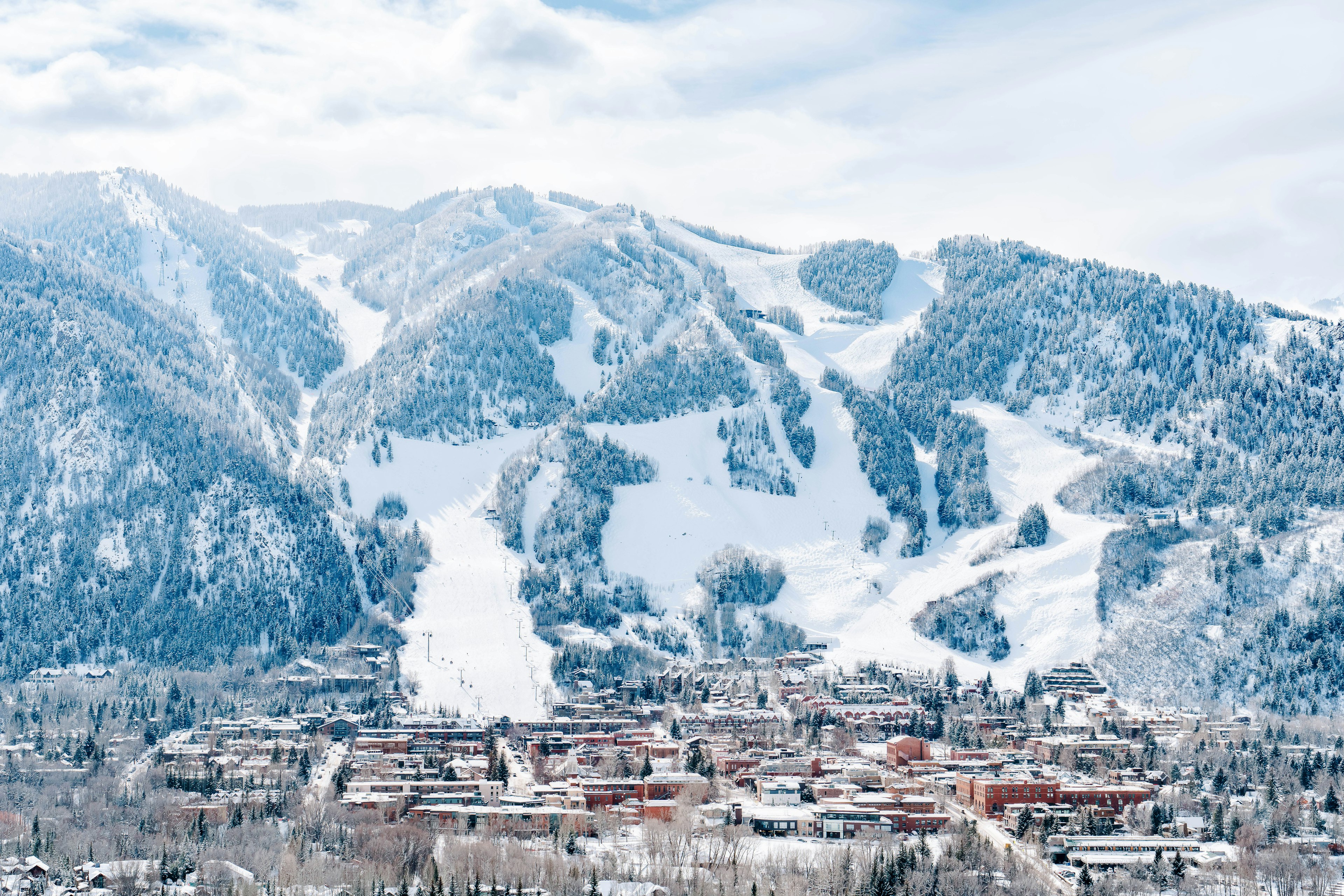
Why Aspen is the best mountain town in Colorado
Journalist Sarah Kuta has lived in Colorado for more than a decade. In that time, she’s explored nearly every nook and cranny of the state, with a heavy emphasis on Colorado’s mountain towns. She’s an avid skier, hiker, mountain biker, culinarian and lover of the arts and culture of the Rockies.
Don’t get me wrong, I love Vail (and I visit often) but Aspen is the Colorado mountain town I find myself returning to over and over again.
Aspen has earned a reputation for being a glamorous playground for the rich and famous, and this isn’t entirely undeserved. The median price for a home here in July 2024 was a whopping $3.3 million, which is a whopping $2500 per square foot. But while Aspen definitely appeals to a wealthier crowd (so, people who have second or even third homes), it’s more down-to-earth than you might think.
As I’ve gotten to know the people who actually live and work here year-round, I’ve found them to be genuine, hard-working, considerate and engaging, and not at all snooty or pretentious.
The residents of Aspen are also generous when it comes to sharing their hometown with visitors, and there are tons of free things to do, from 55 miles of free-to-use cross-country ski and snowshoe trails to a world-class contemporary art museum, well-maintained historic sites and public art.
Many public bus routes are also free, and you can pedal around town without spending a dime thanks to the local WE-cycle bikeshare program, which offers unlimited free rides of up to 30 minutes each.
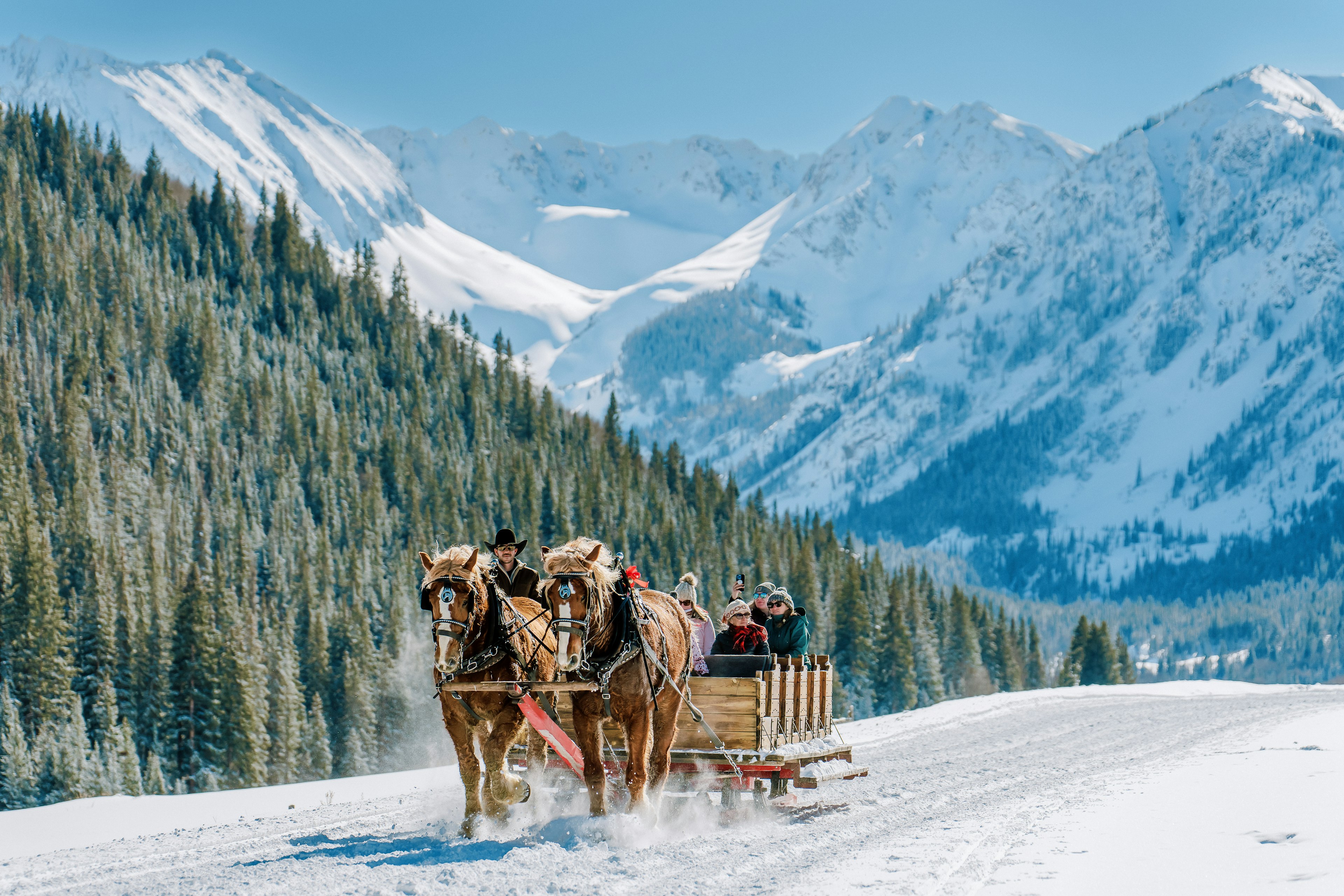
Aspen has history and character
Another reason I love Aspen so much is because it has a long, fascinating history. I know all about the city’s roots thanks to the work of the Aspen Historical Society, a truly amazing nonprofit that offers tours, manages historic properties, puts on exhibitions, and much more.
First inhabited by the Northern Ute (“Nuche”) people, Aspen became a boomtown in the 1880s as silver prospectors flooded in to make their fortunes. Many were successful, and the town became a thriving mining hub until the silver market collapsed in 1893. After that, during Aspen’s “quiet years,” the town reverted to a sleepy farming and ranching community.
Aspen’s fortunes took another turn after World War II, when industrialist Walter Paepcke visited Aspen (at his wife’s insistence) and began investing heavily in the town. The Paepckes wanted to make Aspen a world-class destination for winter sports, arts and culture, and by all accounts, they succeeded. Today, Aspen and neighboring Snowmass form one of the best-known ski destinations in the world.
All of this history means Aspen has character and charm. It’s not a cookie-cutter ski resort, and it wasn’t built to attract tourists. You’ll find old buildings that date back more than a century, like the Hotel Jerome and the Wheeler Opera House, both built in 1889. They’ve been maintained and carefully restored for over a century because residents care deeply about preserving Aspen’s history, and can afford to contribute to the cost.
Over the years, Aspen’s crisp, clean air and towering peaks have also attracted quite a few celebrities and personalities, from gonzo journalist Hunter S Thompson to singer-songwriter John Denver. They were inspired by Aspen’s unspoiled nature and picturesque scenery, which still attracts visitors to this day.
I like the fact that I’m walking in the footsteps of people from many different eras in Aspen, providing a tangible connection to the past. For example, during World War II, the famed “skiing soldiers” of the 10th Mountain Division at Camp Hale sipped bourbon-spiked milkshakes – a drink they dubbed “Aspen crud” – at the J-Bar inside the Hotel Jerome.
Later, in the 1970s, the J-Bar became Hunter S Thompson’s unofficial “office” when he ran (unsuccessfully) for the role of Pitkin County sheriff. The J-Bar is still open today and you can still order an Aspen crud – and the bar is not a tourist trap, either; Aspen residents actually hang out here.
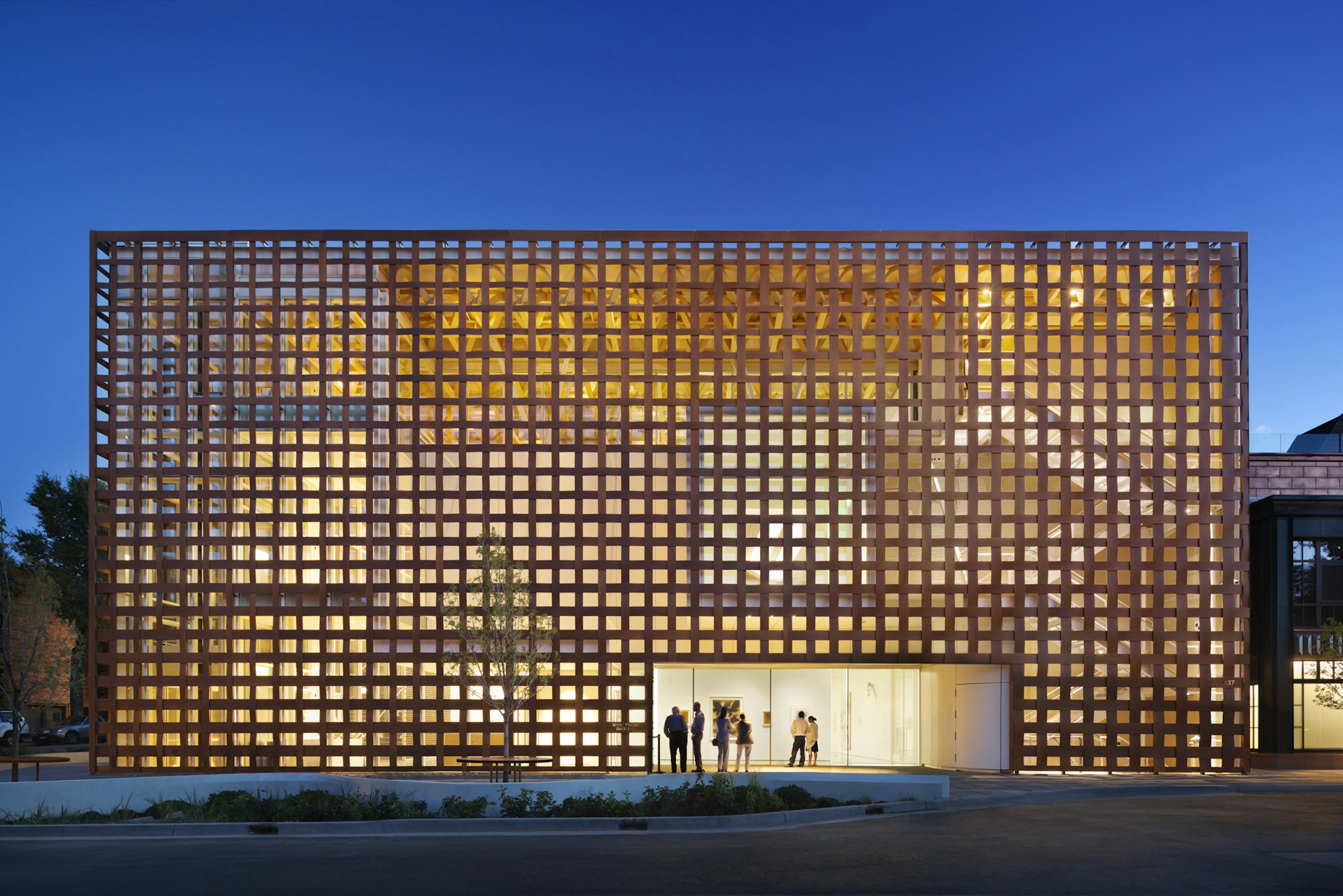
Aspen has an incredible arts and culture scene
It’s well-known that Aspen is brimming with outdoor recreation opportunities – hiking, mountain biking, road cycling, fly-fishing, skiing, snowshoeing, cross-country skiing, snowboarding, rafting, the list goes on and on.
But some people overlook the city’s strong arts and culture scene, much of which is free or cheap to access. If you’re not really an outdoorsy or athletic person, there’s still plenty for you to do here. And if you are an outdoorsy or athletic person, you have the opportunity to mix up your itinerary a bit.
The Aspen Art Museum features rotating contemporary art exhibits, the John Denver Sanctuary is a serene, riverside spot where you can contemplate Denver’s wistful lyrics, and the Aspen Musical Festival and School has been spotlighting classical music for 75 years.
Aspen also has a new museum dedicated to Bauhaus artist Herbert Bayer, set on a 40-acre campus that Bayer painstakingly designed from 1946 to 1974. There’s the aforementioned 135-year-old Wheeler Opera House, which hosts tons of festivals, concerts and performances year-round, and Theatre Aspen, which puts on plays and musicals in the summer. Belly Up Aspen is an intimate downtown concert venue that attracts huge stars, from Snoop Dogg to The Killers to Joe Walsh.
The annual Aspen Ideas Festival brings scholars and experts in a variety of fields to town to discuss some of the world’s biggest problems. Next door in Snowmass, Mad Dog Ranch and Studios is a popular recording studio that was once owned by Jimmy Buffett and, later, Glenn Frey of the Eagles. Founded in 1966, Anderson Ranch Arts Center has a massive outdoor sculpture garden; it also offers workshops and hosts artists-in-residence.
Food in Aspen is an art form, too, and chefs such as Barclay Dodge are masters of their craft. Dodge owns and runs Bosq, a chic downtown restaurant that earned a Michelin star when the guide came to Colorado for the first time in 2023. The Bosq team forages for many of the ingredients on the menu, so when you dine here, you’re literally consuming a part of Aspen.
I could drone on and on about how much I adore Aspen, but you get the picture! Aspen is so much more than just a tourist town, and I learn something new every time I visit, which I love. You can’t really go wrong when you choose a Colorado mountain town for a vacation but, if I had to pick just one to recommend, Aspen would definitely get my vote.
This article was first published Oct 23, 2024 and updated Oct 25, 2024.

